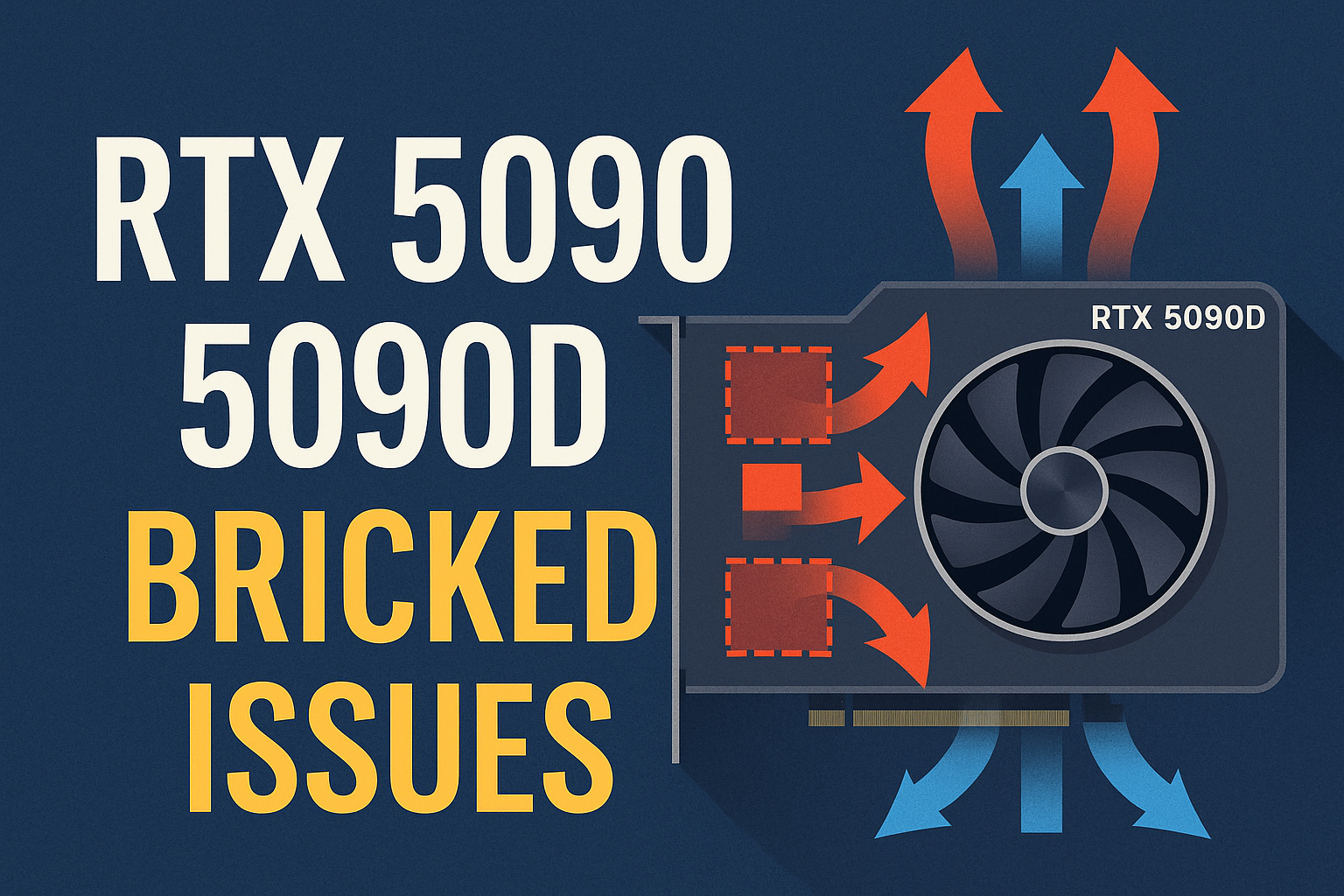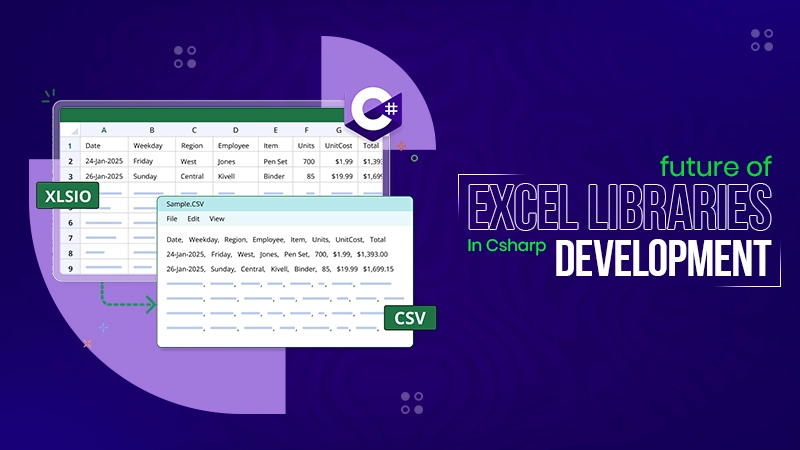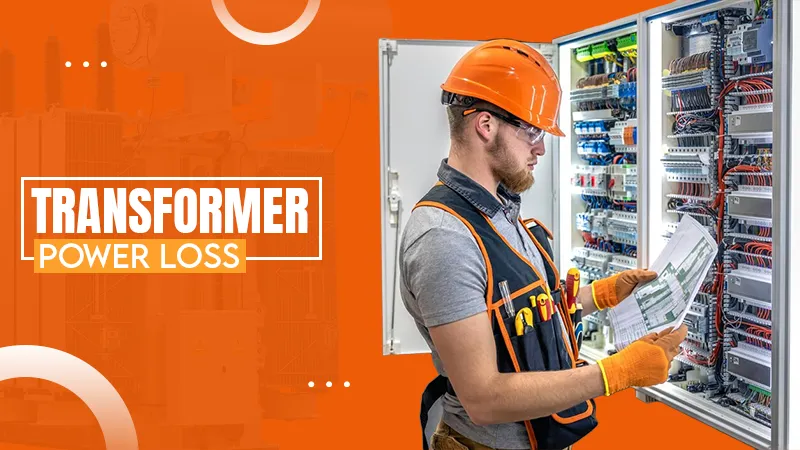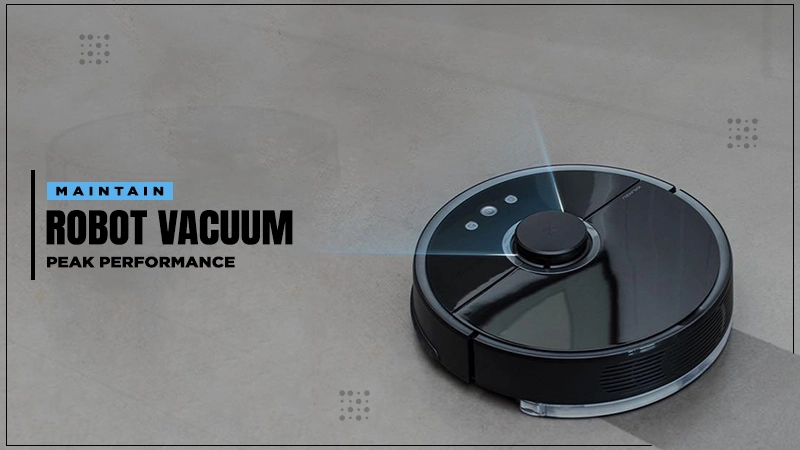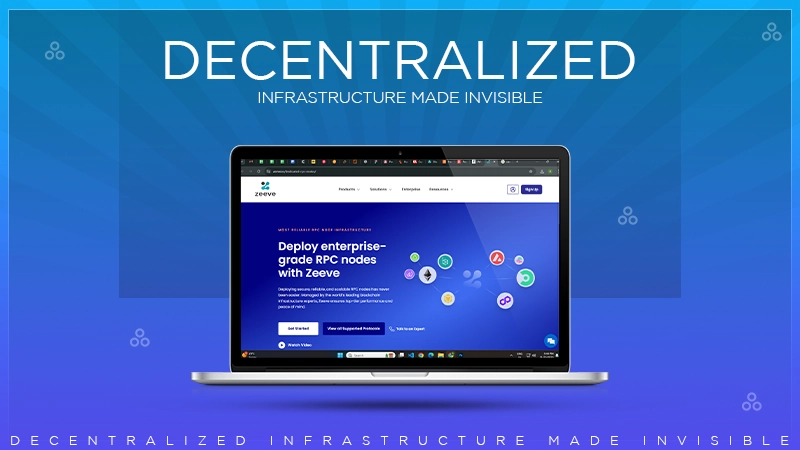In today’s hyper-competitive advertising landscape, simply grabbing attention isn’t enough—brands need to stop people in their tracks. While traditional billboards and flat digital displays have dominated outdoor advertising for years, a new technology is changing the game entirely: the 3D LED screen. Offering an almost cinematic experience without requiring glasses, these next-generation displays are rewriting the rules of visual engagement. From bustling city plazas to retail storefronts, the 3D LED display is becoming an essential tool for advertisers seeking to stand out in crowded urban environments.

What Makes a 3D LED Screen Different?
At its core, a 3D LED screen uses auto-stereoscopic technology to create lifelike depth perception. Unlike conventional digital signs—where images appear on a flat surface—3D LED displays project light at varying angles, tricking the eye into perceiving three-dimensional shapes and motion. This effect is achieved through precision engineering: ultra-fine pixel pitches, specialized diffusion layers, and high refresh rates combine to produce crisp, parallax-driven visuals that seem to float in midair.
When configured as a 3D LED billboard or a 3D LED video wall, the impact is breathtaking. Imagine a digital advertisement where a sneaker appears to leap off the screen, or a car seems to drive out of the display toward onlookers. These aren’t mere gimmicks—studies show that viewers spend up to 40% longer looking at 3D content versus flat screens, and recall rates climb significantly when people perceive true depth in an image.
Transforming Outdoor Spaces with 3D LED Display Screens
In recent years, outdoor advertising has shifted from static visuals toward fully immersive experiences. The rise of high-traffic urban centers and pedestrian malls has fueled demand for eye-catching installations that cut through visual clutter. Enter the 3D LED display screen: a disruptive format that commands attention.
Consider a flagship store launching a new product. With a traditional flat digital sign, passersby see a looping video or a static image—effective, perhaps, but easily ignored in a sea of competing visuals. Swap in a 3D LED screen, however, and suddenly that sneaker seems to float into the street, or a product prototype jumps off the screen as if reaching for the audience. The novelty alone spurs social media sharing, generating organic buzz far beyond the immediate vicinity.
Similarly, large-scale venues—think sports arenas, entertainment districts, and transportation hubs—are adopting 3D LED video walls to create landmark attractions. When commuters encounter a larger-than-life 3D animation, they stop scrolling on their phones; they raise their heads and interact with the brand message. In this way, a 3D LED billboard doesn’t just display an ad, it transforms public space into a stage for storytelling.
The Industry Impact: Why Advertisers Are Betting on 3D
For marketing teams juggling tight budgets and demanding ROI metrics, adopting a brand-new format can feel risky. Yet data supports the shift to 3D LED display technology:
- Higher Engagement: Nielsen research indicates that 3D content can boost dwell time by as much as 35%. Viewers are more inclined to pause, watch, and even take photos.
- Improved Recall: Memory studies show that ads presented in depth are up to 23% more memorable than their 2D counterparts. This means a stronger brand imprint.
- Social Amplification: Unique 3D effects spur users to record and share videos on social media, extending the campaign’s reach organically.
- Premium Pricing: Because of its novelty and impact, premium ad space on a 3D LED screen can command higher CPM (cost per thousand impressions), balancing out initial hardware investments.
As a result, major brands across fashion, automotive, and entertainment sectors are reallocating outdoor ad budgets toward 3D LED screens. Retail chains use them to draw shoppers into flagship locations; movie studios employ them for blockbuster premieres in Times Square; event promoters line up 3D installations at festival entrances. The common thread: advertisers recognize that a 3D experience builds deeper emotional connections than a flat display ever could.
Market Trends Driving Adoption
Several factors are converging to accelerate the adoption of 3D LED display screens in outdoor settings:
- Advances in LED Technology: Pixel pitches have shrunk below 1.5 mm, enabling breathtaking fine-detail 3D visuals that remain vivid even at close viewing distances. At the same time, controllers and processing chips are faster and more affordable, making real-time 3D rendering feasible.
- Lower Total Cost of Ownership: Early iterations of 3D LED installations were cost-prohibitive, but bulk manufacturing and improved reliability have driven unit prices down. Modern panels consume less power and require minimal maintenance, which translates to better long-term ROI for advertisers and operators.
- Creative Software Ecosystem: A growing ecosystem of content creation tools simplifies the design of 3D animations, interactive elements, and data-driven visuals. Brands can now produce custom 3D ad spots without requiring massive production budgets.
- Urban Revitalization Projects: As cities invest in placemaking initiatives, they seek dynamic signage that can serve multipurpose roles—advertising by day, digital art by night. 3D LED video walls fit this brief perfectly, acting as both commercial and cultural fixtures.
Taken together, these trends signal that 3D LED displays will only grow more ubiquitous in the next 3–5 years. For outdoor advertisers, the window to adopt early and capture market share is wide open.
Choosing the Right Partner: Why Cinstar LED Stands Out
Investing in a 3D LED display or 3D LED billboard is a significant commitment, but selecting the right LED display manufacturer can make a world of difference. That’s where Cinstar LED comes into play. With over a decade of experience in LED innovations, Cinstar has established itself as a trusted provider of next-gen display solutions—especially in the realm of 3D visualization.
Key reasons to consider Cinstar LED:
- Cutting-Edge Panel Design: Cinstar’s 3D LED display screens utilize ultra-fine pixel pitches (as low as 1.2 mm) combined with custom-engineered diffusion layers that enhance depth perception without sacrificing brightness or contrast. The result: lifelike 3D effects visible from multiple angles.
- Modular, Scalable Solutions: Whether you need a towering 3D LED billboard in a busy urban district or a multi-panel 3D LED video wall for a flagship store, Cinstar’s modular approach allows for seamless installation on any surface—even curved facades.
- Robust Outdoor Durability: All Cinstar outdoor panels feature IP65 weatherproofing, anti-UV coatings, and efficient heat management, ensuring reliable operation in sunlight, rain, or winter cold.
- Global Support Network: With service centers in North America, Europe, and Asia, Cinstar offers full project support—from content calibration and installation to remote diagnostics and ongoing maintenance.
- Proven Track Record: Cinstar’s 3D installations have already graced retail hubs in Shanghai, entertainment districts in Los Angeles, and flagship locations in London—demonstrating a consistent ability to deliver on ambitious 3D LED campaigns.
By partnering with Cinstar LED, advertisers can avoid common pitfalls—such as uneven pixel mapping, subpar brightness uniformity, or insufficient support—and focus on creating truly transformative outdoor experiences.
Looking Ahead: The Future Is Multi-Dimensional
The era of one-dimensional billboards is drawing to a close. As consumers become jaded by endless swipes and half-glanced glances, brands must invest in “show-stopper” moments that leave lasting impressions. A 3D LED screen isn’t merely a new format—it’s a new philosophy: one that prioritizes immersion, interactivity, and innovation at scale.
Over the next few years, expect to see 3D LED video walls integrated into smart city infrastructure, retail environments, and entertainment venues—with dynamic data overlays, real-time audience tracking, and interactive touchpoints. Brands that embrace this shift will gain a competitive edge by capturing attention the way traditional outdoor media never could.Whether you’re a marketing director planning a Q4 launch, an AV integrator mapping out a citywide network, or a creative agency chasing the next big thing in experiential advertising, the message is clear: go beyond flat, and embrace the three-dimensional future. With Cinstar LED’s innovative panels and deep technical expertise at your side, transforming outdoor advertising from a flat banner into a multi-dimensional spectacle has never been more achievable.





